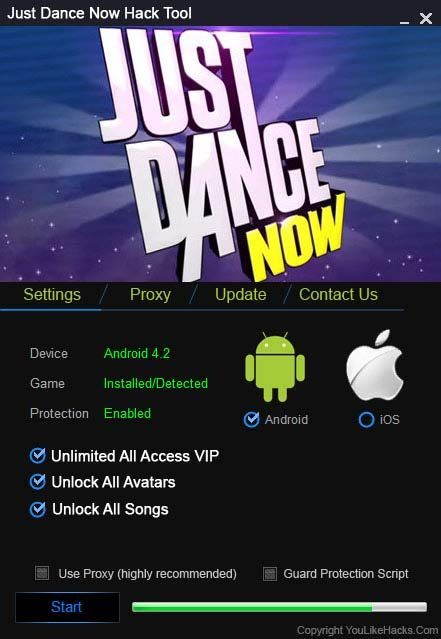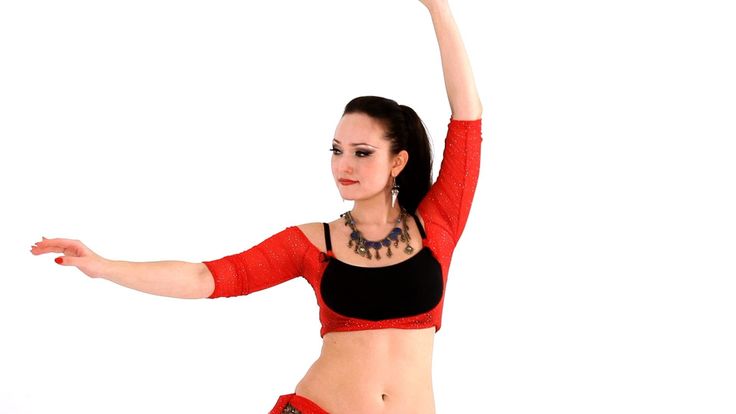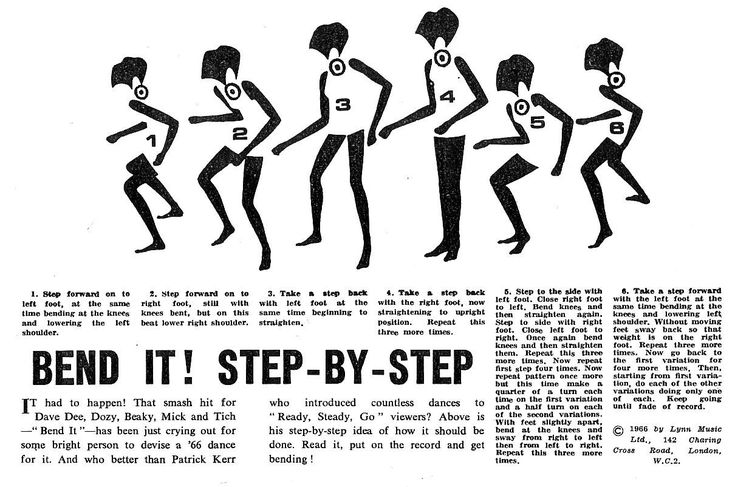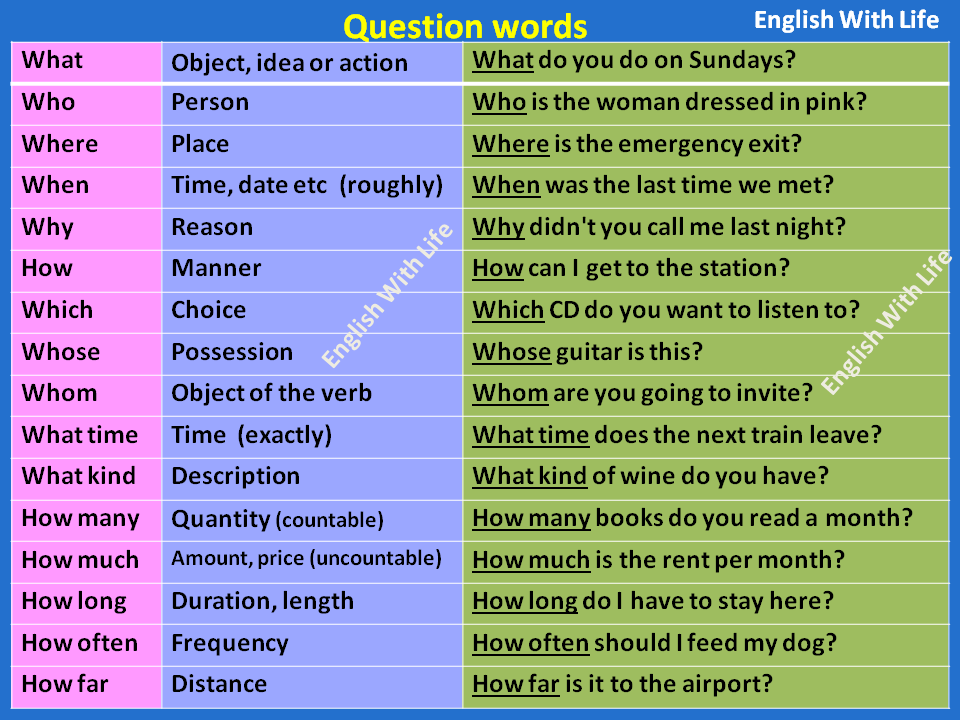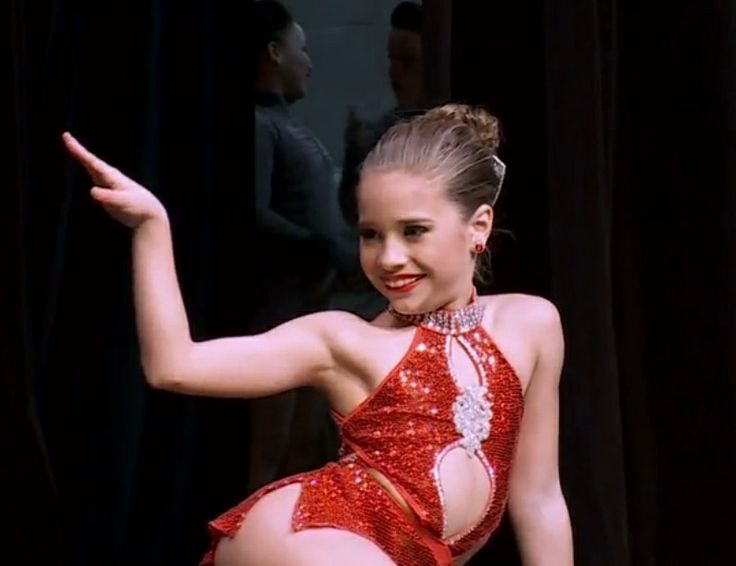How to dance boogie woogie steps
Basic Boogie Dance Steps - Our Pastimes
By: Marjorie Gilbert Updated September 15, 2017
By: Marjorie Gilbert Updated September 15, 2017
Boogie Woogie began as a musical style in the 1900s. It was characterized by quick piano rolls and repeated notes. Songs that epitomize Boogie Woogie are "Shake, Rattle and Roll" played by Big Joe Turner, or the "Swanee River Boogie" recorded by Fats Domino (see References). The dance style could more properly described as swing and can be either fast or slow depending on the music's tempo.
The Beginning
Start with your feet next to each other and stand facing the center of the room. Step back with your left foot and step in place with your left foot. Bring your left foot forward and tap with your toe beside your right foot, then step in place with your left foot. Tap with your right toe and step in place with your right foot. As you tap your toe and step with each foot, try to turn your feet out a little so your toes are pointing a little away from your body. The rhythm should sound like this: "step, step, tap-step, tap-step, step, step, tap-step, tap-step". Gradually pick up speed as you feel comfortable doing these steps.
The Turn
Do the same steps as described in the first section. Add a turn by taking advantage of the "tap, step" patterns. Step back with your left foot, step in place with your right foot, and tap your left foot beside your right foot. Instead of stepping in place with your left foot, turn your body to the right and place your left foot to the right and at a 90-degree angle. You will be facing the back of the room. Tap with your right foot and as you step with your right foot, continue turning clockwise so that you are now with your right shoulder toward the center of the room. Step back with your right foot and continue turning clockwise so that you are facing the center of the room. As you continue with the pattern by tapping and stepping with your left foot, turn counter clockwise so that you will end up turning completely around the other way and end up facing front again.
One way to think of the turn is that it is similar to a yo-yo on a string. Once you spin the yo-yo in one direction it stops, then begins turning in the opposite direction. With this turn you go in one direction, stop, then turn back in the direction you came. Practice the turn until you can do it up to tempo.
Add a Partner
While the man does the basic boogie steps back and forth described in section one, the woman can do the turn described in section two. As the man lifts his arm, the woman can turn beneath it, mirroring his steps and adding the turn as she does so.
References
- How to dance the Left-Right Turn with Kick-ball-change--another version
- Boogie Woogie
Writer Bio
Marjorie Gilbert is a freelance writer and published author. An avid researcher, Gilbert has created an Empire gown (circa 1795 to 1805) from scratch, including drafting the gown's patterns by hand.
Related Articles
Dance Styles | swingcats
Dance Styles
Lindy Hop belongs to a family of related swing dances that includes Boogie Woogie, Balboa and Charleston, among others. Lindy Hop features elements from each of these, and is therefore probably the broadest of all the swing dances in terms of style and range of moves.
Lindy Hop features elements from each of these, and is therefore probably the broadest of all the swing dances in terms of style and range of moves.
All of the swing dances are linked, so increasing your skills in one of them will improve your dancing in the other styles too!
Check out the videos below for examples of the styles we dance.
LINDY HOP
The Lindy Hop developed alongside the Jazz of the 1920s-1940s and therefore has a syncopated rhythm that matches the music.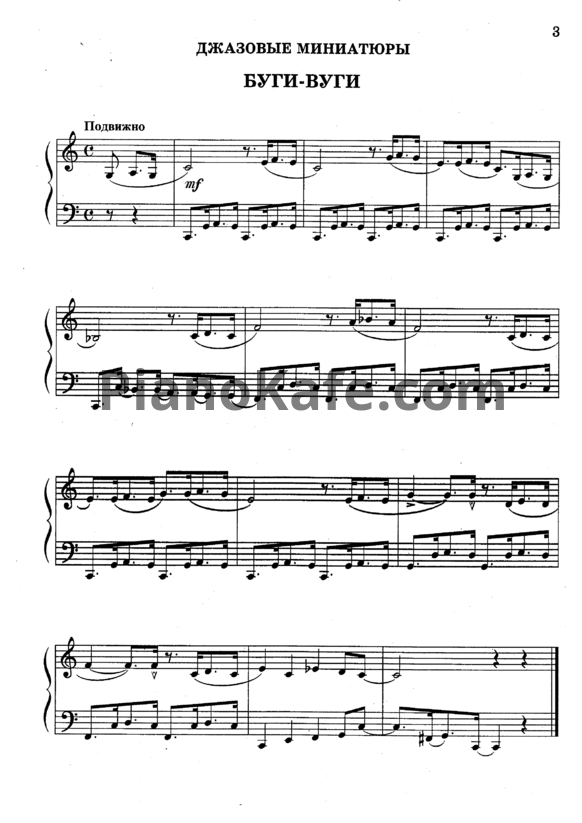 The dance is characterised by an 8 count basic, with 6 count and Charleston moves as key accessories to the standard vocabulary. It is arguably the most energetic of the swing dances, although the air steps seen in films and YouTube clips have little to do with the dancing you will see on a typical social dance floor!
The dance is characterised by an 8 count basic, with 6 count and Charleston moves as key accessories to the standard vocabulary. It is arguably the most energetic of the swing dances, although the air steps seen in films and YouTube clips have little to do with the dancing you will see on a typical social dance floor!
SwingCats offer courses in Lindy Hop. Click here for more information about courses.
ILHC 2013 - Invitational Strictly Lindy Hop Finals
WEST COAST SWING
West Coast Swing is a dance style that owes its origins to Boogie Woogie and Lindy Hop, but which is now danced to modern music.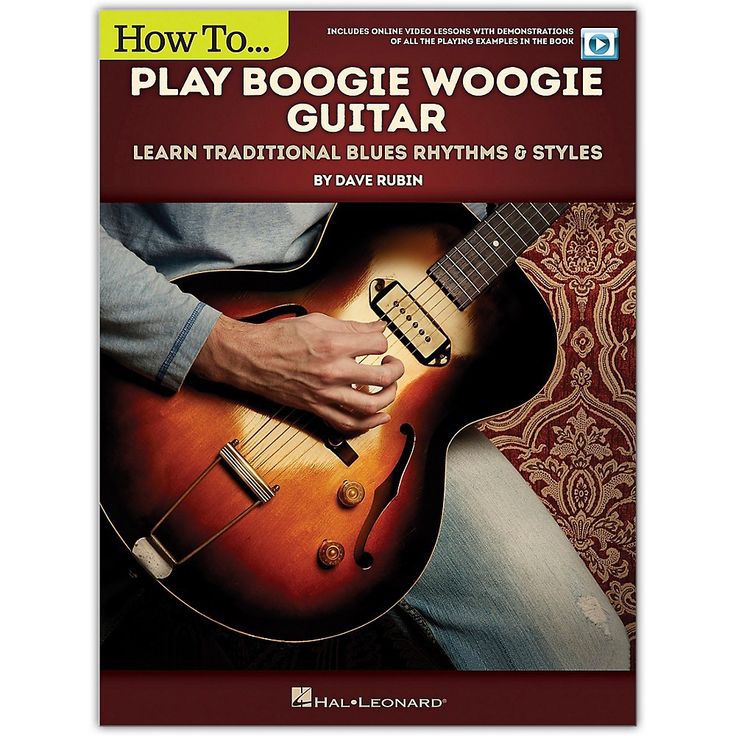 West Coast Swing has a distinctive elastic look, and is danced in a ‘slot’ formation on the dance floor.
West Coast Swing has a distinctive elastic look, and is danced in a ‘slot’ formation on the dance floor.
SwingCats offer courses in West Coast Swing. Click here for more information about courses.
West Coast Swing - Jordan Frisbee & Tatiana Mollmann
Jana Grulichova at GNSH 2014
CHARLESTON
The Charleston is highly recognisable due to its prominence in films and TV series set in the 1920s. The solo version of the Charleston is most often shown, but partnered Charleston is surprisingly versatile and fun to dance.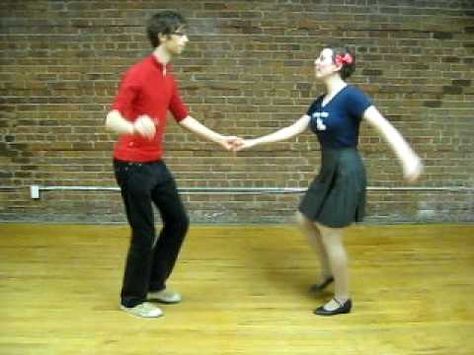 Charleston works well to fast music, and a typical Lindy Hop social dance will feature a lot of Charleston.
Charleston works well to fast music, and a typical Lindy Hop social dance will feature a lot of Charleston.
Jana Grulichova at GNSH 2014
BALBOA
Balboa is danced to fast music in a closed position with small steps. If the dance stays in closed position, this is known as “Pure Balboa.” If the dance opens up with spins and other moves, it is known as “Balboa Swing.” Dancers typically wear shoes with leather soles and heels to facilitate a shuffling motion on the floor. The basic rhythm is an 8 count basic but with a different style and feel to Lindy Hop. Despite the high tempo of the music, Balboa can be more relaxed than other swing dance forms.
The basic rhythm is an 8 count basic but with a different style and feel to Lindy Hop. Despite the high tempo of the music, Balboa can be more relaxed than other swing dance forms.
PSSF 2013 Mickey & Kelly Balboa demo
BLUES
Blues as a dance form has a long history from Harlem and is now taught formally around the world. It can be danced in closed position, which allows for musical improvisation in the lead and follow due to the close connection, or it can be danced more energetically with open position moves and spins. Either way, the backroom of the 1930s is now brought to life in many classes.
Either way, the backroom of the 1930s is now brought to life in many classes.
Ben Collins and Jessica Miltenberger
BOOGIE WOOGIE
Boogie Woogie is based on a 6 count basic, with the Lindy Hop 8 count still part of the vocabulary, but as an accessory. The key difference between Lindy Hop and Boogie Woogie is the style, with Boogie Woogie danced higher on the toes. Boogie Woogie is also danced to a different, although related, style of music from a later period, and features a different choice of “breaks.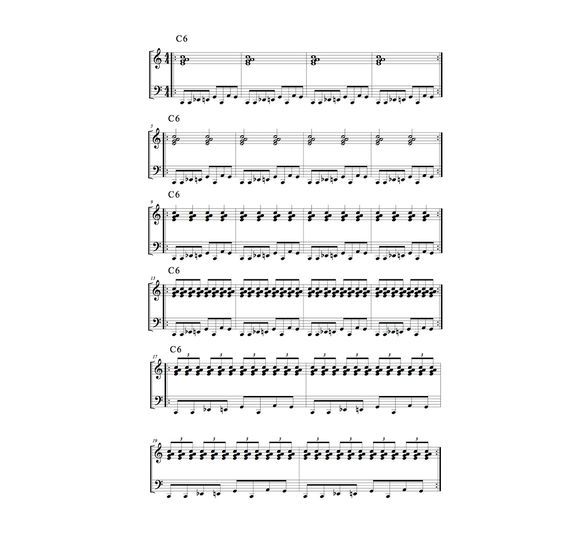 ”
”
Boogie Woogie jam
AUTHENTIC JAZZ
Authentic Jazz is essentially solo dancing using moves from the 1930-40s, which were strongly influenced by the Charleston and Tap dance. Most dance groups from this era performed both solo and partnered dance routines. Authentic Jazz moves often find their way into Lindy Hop as breaks or variations.
The Harlem Hot Shots - Big apple
The history of boogie woogie
Boogie woogie was very popular, but before there were many objections to its adoption at dance parties. In Europe, this dance was considered for a long time as savage because of the manner of its performance: the partner threw the partner to the length of the outstretched arm, then with a sharp movement attracted him to himself, in order to then throw her behind her back.
In Europe, this dance was considered for a long time as savage because of the manner of its performance: the partner threw the partner to the length of the outstretched arm, then with a sharp movement attracted him to himself, in order to then throw her behind her back.
Nowadays, boogie-woogie has changed somewhat, it is danced very rhythmically, but gracefully. Movements are performed on the entire foot. The partners in the dance are somewhat removed from each other and are in a closed position. The partner starts and ends the dance movement in any direction. The partner performs the opposite steps.
BOOGIE WOOGIE (English boogie woogie) - piano blues style, one of the earliest varieties of Negro instrumental music. The boogie-woogie style developed around the end of the 19th century in the Midwest. Its classic examples date back to the 1920s. In the early 1930s, the boogie-woogie style entered the performing practice of big swing music. In 1936, a period of revival of its traditional forms began. Characteristic features of piano boogie-woogie: improvisation, technical virtuosity, a specific type of accompaniment, the predominance of continuous rhythmic movement.
Characteristic features of piano boogie-woogie: improvisation, technical virtuosity, a specific type of accompaniment, the predominance of continuous rhythmic movement.
Boogie-woogie is an eccentric American dance that is a commercial imitation of Negro boogie-woogie. It was distributed in the USA in the 1930-50s (in Europe - since 1945). It is characterized by a fast pace of performance, the dominance of the rhythmic beginning, the lack of order in dance movements.
The word "boogie" in the then slang had two meanings - it meant, firstly, sexual contact, and secondly, simply a state of "complete detachment, enjoyment and pleasure." The dancing, as always, followed the music. One of the movements popular at 19In the 1920s, the "Ballin' the Jack" dance was also called Boogie Woogie, and shortly after the demise of this dance and the advent of the Lindy Hop and its varieties, the term Boogie Woogie began to refer to any swing dance performed at a fast pace.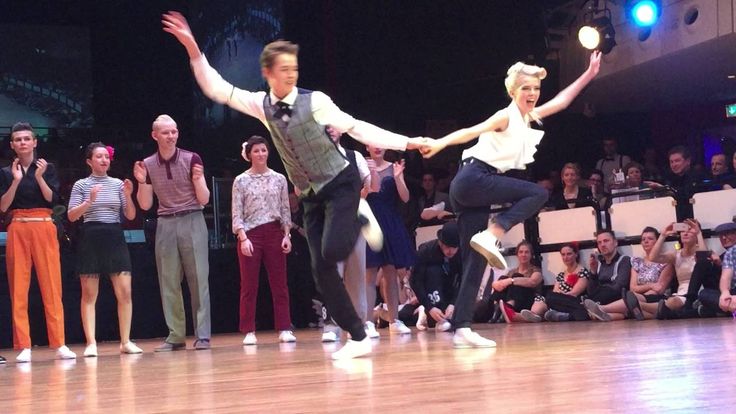 After USO soldiers and entertainment teams brought East Coast Swing to Europe during World War II, East Coast Swing was developed into the basis of the dance we now call Boogie. Woogie. The main period of development of this dance falls on the end of the forties - the beginning of the fifties. With the advent of rock and roll, bop came into vogue, although Boogie Woogie continued to dance for some time. With the advent of the twist, Boogie Woogie was finally forgotten by everyone except professional dancers. Mutations of Boogie Woogie in Europe were competitive forms - jive and acrobatic rock and roll.
After USO soldiers and entertainment teams brought East Coast Swing to Europe during World War II, East Coast Swing was developed into the basis of the dance we now call Boogie. Woogie. The main period of development of this dance falls on the end of the forties - the beginning of the fifties. With the advent of rock and roll, bop came into vogue, although Boogie Woogie continued to dance for some time. With the advent of the twist, Boogie Woogie was finally forgotten by everyone except professional dancers. Mutations of Boogie Woogie in Europe were competitive forms - jive and acrobatic rock and roll.
There are two main versions - "social", that is, just a dance for pleasure, and "acrobatic" - requiring almost athletic training. If ever the Olympic program includes dancing, then it will include the competitive acrobatic version of Boogie Woogie. Although Boogie Woogie was originally a fast dance, a slow version also exists today.
Over time, Boogie Woogie was completely absorbed in acrobatic rock and roll, and the dance itself became incredibly complex, with many mandatory elements - in fact, it ceased to be a dance and became a sport, a kind of gymnastics for two to the music, it became it is impossible to dance for social purposes, even if you were a good dancer. Therefore, in the early eighties, a number of European dancers had a desire to get to the roots, to see how this dance really looked in those days.
Therefore, in the early eighties, a number of European dancers had a desire to get to the roots, to see how this dance really looked in those days.
Boogie-woogie is a jazz style that turned out to be very accessible to a wide audience. This is a piano style, but instrumental pieces in this style have sometimes been successfully performed by orchestras. This music itself appeared even before such an unusual name was given to it.
The full-bodied boogie-woogie style emerged from the need to hire pianists in the early 20th century to replace orchestras in inexpensive cafes, bars and other places where the public was entertained at parties and receptions. Energetic music began to come into fashion, which, as mentioned earlier, was called "jazz". In tune with this trend, the playing style of salon musicians, who had previously performed calm and quiet music, also changed. To replace an entire orchestra, pianists invented different ways of playing rhythmically. Constantly advancing in this direction, driven by the task set to get an orchestral sound with the help of the piano at hand, the virtuoso pioneers created a unique colorful style of boogie-woogie.
From the very beginning, boogie-woogie was the most attractive musical form for those who were completely unfamiliar with traditional piano technique. They drew their creative impulses from other, sometimes no less fundamental areas of the creative process. For example, Jimmy Yancey and Pinetop Smith started out as dancers and tap dancers. Albert Emmons and Pete Johnson played drums before piano. The biographies of many boogie-woogie pioneers testify that most of them started out as self-taught, first sitting at the piano, most often by chance, at some party.
The search for old recordings, films and eyewitnesses proved fruitful, and as a result, in 1984, the first Boogie Woogie championship in the form we know now was held in Munich, and after Germany, enthusiastic about this dance appeared in Italy and Switzerland. For the next decade, the Boogie Woogie dance remained the preserve of professional dancers, but the resurgence of swing in the United States prompted Europeans to also turn to the culture and rediscover Boogie Woogie as one of the more Europeanized parts of that culture.
For the next decade, the Boogie Woogie dance remained the preserve of professional dancers, but the resurgence of swing in the United States prompted Europeans to also turn to the culture and rediscover Boogie Woogie as one of the more Europeanized parts of that culture.
Music historians attribute the boogie-woogie craze to the immense popularity of Meade Lux Lewis. Throughout the 1940s, influences from the boogie-woogie dance form could be seen in the many arrangements performed by big bands. Swing bands enjoyed great success when they added elements of boogie-woogie, as in Will Bradley's "Beat Me Daddy, Eight To The Bar" or Tommy Dorsey's "Boogie Woogie".
Among the most popular artists who played during the period of interest in this style, there are several musicians who had the greatest influence and made the greatest contribution to the development of boogie-woogie. Among them are Jay McShann, Pine Top Smith, Albert Ammons, Jimmy Yancey, Joe Sullivan, Clarence Lofton, Pete Johnson and the aforementioned Mead.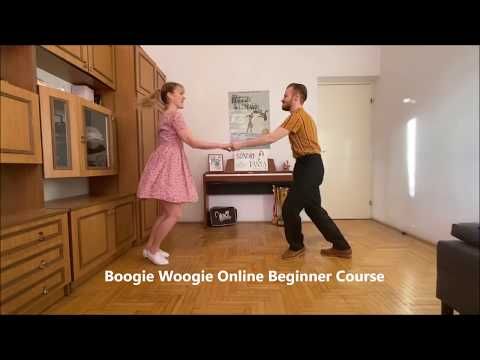 Suite Lewis (Meade Lux Lewis). In later years, Freddie Slack, Cleo Brown and Bob Zurke gained prominence as the younger generation of boogie-woogie performers.
Suite Lewis (Meade Lux Lewis). In later years, Freddie Slack, Cleo Brown and Bob Zurke gained prominence as the younger generation of boogie-woogie performers.
Intensive "Boogie-woogie for 2 months"
Boogie-woogie is an incendiary and driving pair dance.
Choose this course if you like rock and roll, 50's music and energetic movements. Dance training is not needed, this is really a course from scratch.
You can come alone, there will be a couple at the lesson!
Sign up for a group
Dance with us
It's worth knowing
YOU CAN COME ALONE
At the lesson you will learn to dance with different partners. You don't have to stand!
MUSIC
Boogie dancing to rock and roll, rockabilly, jazz and blues tunes.
LOADS
At the initial stage of training, the loads are average. In general, boogie is a very energetic dance. Spare t-shirts needed!
CLOTHING
Be sure to bring a clean change of shoes. Perfect for sneakers or sneakers. Also bring comfortable clothing that does not restrict movement.
Perfect for sneakers or sneakers. Also bring comfortable clothing that does not restrict movement.
How intensive is different from the usual group
THREE-HOUR LESSON
Once a week with a 15 minute break in the middle so you can catch your breath, have tea and ask questions to the teachers.
EXPANDED PROGRAM
With this format of classes, the group concentrates better on the material and has more time. Therefore, the intensive program is wider than that of a similar group of the usual format.
CONVENIENT SCHEDULE
The format is perfect for those who really want to learn how to dance, but can't allocate 2 days a week for classes.
It is better to see once
Why Ivara
The strongest coaching team
All Ivara's teachers have passed a rigorous selection process. Our coaches are top dancers who regularly win competitions.
Hundreds of spectators with open mouths follow their performances. At the same time, they successfully teach dance to people without training and dance experience.
At the same time, they successfully teach dance to people without training and dance experience.
The class is always led by a couple
In Ivar, the teacher never leads the group alone. And never with an assistant. Students are always in the hands of two experienced trainers.
Twice as much coaching attention, twice as cool energy in the classroom!
We have the coolest rooms
We do not teach classes in other people's rooms rented by the hour.
We have our own studios, each of which is created according to an individual project. Therefore, here are ideal conditions for dancers.
Effective training program
The training program is designed in such a way that you start dancing as quickly as possible.
You will dance your first combination in the first lesson, and in a month you will be able to dance at parties.
Quality of classes
In Ivar, the duration of classes is 1.5 hours (for intensives - 3 hours).
We don't want to save money by shortening your study time. For us, quality comes first.
Learning to dance "from scratch"
Most of our students have never danced before, and now they conquer the dance floors at parties, dance in parks and on the embankments, and even participate in competitions.
You don't need the stamina of a marathon runner or the flexibility of a gymnast to get started - we teach people of all fitness levels to dance.
No age restrictions
The average age of our students is 20-35 years old. We train both students and people of respectable age. Everyone feels comfortable in class.
Mobile app with training video
Ivara has a cool mobile app!
By purchasing a membership to a group, you get access to training videos for your course. This will help you repeat what you've done. Well, if you missed a lesson, you can catch up on your own.
Cost of classes
Full course of 8 lessons (no gaps)
Lesson once a week for 3 hours
10 400
(433 per hour)
The most profitable 2 months of lessons.

